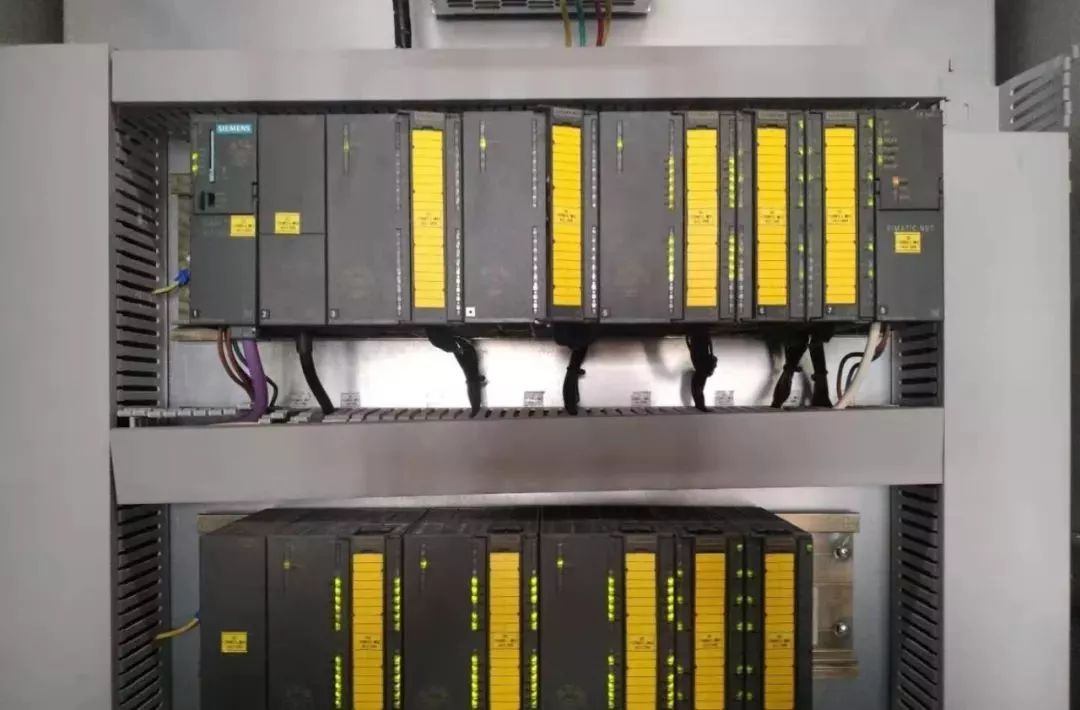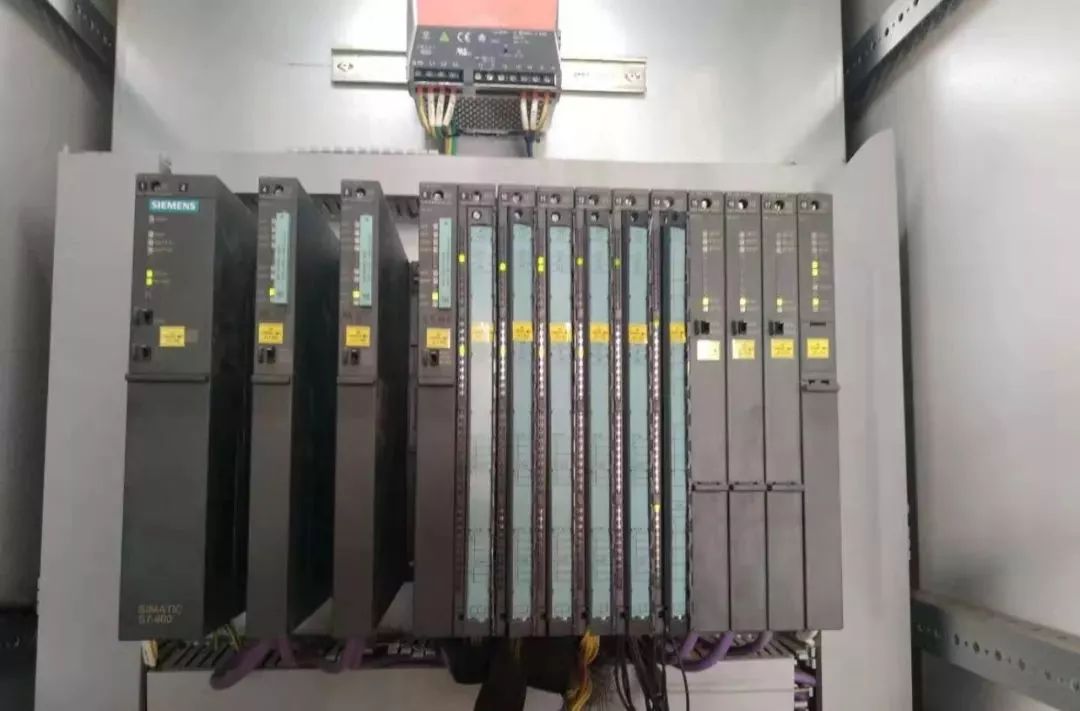How to learn PLC for beginners, some suggestions for PLC learning
How can beginners learn PLC? Here, the editor has compiled a process and methods for learning PLC to teach everyone how to learn PLC, hoping to be helpful to everyone.
PLC is a headache for beginners, making it difficult to know where to start. The explanation of defining terms from reading books leaves you confused, and after persisting for a period of time, you decisively give up. The editor suggests that everyone should not be confined to the explanation of a single noun, a general understanding is sufficient. After learning for a while, you will naturally understand when you come into contact with it again. Here are a few steps to introduce the process and methods of learning PLC. Firstly, PLC hardware configuration and the functions of each module. PLC learning should start from the hardware and software parts, followed by communication. Master the structure of PLC hardware and the functions of each part, be familiar with the hardware wiring of PLC, and consult some information. You need to have a general understanding of the hardware composition of PLC, such as Siemens PLC with (rail) rack, power module CPU、 Digital input/output, analog input/output, functional modules, communication modules, etc. Have a general understanding of the functions of each module. Focus on learning the wiring of switch input and output, as well as the wiring of analog input and output. And how to correctly connect various switches and buttons, motors, and indicator lights into the PLC, and be able to easily draw the external wiring diagram of the PLC, this has proven that you have crossed a small hill in your PLC learning career.
Secondly, there is a small college knowledge about learning and addressing in binary, decimal, and hexadecimal systems. It is simple and easy to learn. Next, we will begin to understand the addressing method of Siemens PLC, because for Siemens, the main focus is on its addressing method. Only by understanding addressing can we continue to learn about memory, such as how byte, word, and doubleword data are addressed, their relationships, what we need to do through addressing, and the advantages of addressing. Understand the meanings represented by DW, W, M, Q, and I. Thirdly, the study of software understanding and basic logic instructions, as well as the application of software and basic logic instructions. Firstly, we need to understand the functions of each part in the software. Let’s learn about the most commonly used functions of the software, such as how to download programs for PLC, program blocks, system blocks, and data blocks. What are they used for.
Then we started learning basic instructions and writing some simple programs to download into the PLC for experimentation. Actually, learning instructions is very simple. First, you need to understand the functions of each instruction. If you don’t understand the usage of the instructions, you can press the F1 key on the keyboard to check the help. If you still don’t understand, you can download it to the PLC to see what an actual action function is. Isn’t learning instructions easier and faster in this way. Timers and counters are relatively more complex, but once you learn one type, you will naturally understand the others.
For the study of basic instructions, we can find more cases, such as buzzer, motor forward and reverse rotation, various delayed starting of motors, fault design, etc., to exercise your programming thinking. Therefore, it is recommended that everyone practice more and find more case books to learn.
Fourth, the learning of functional instructions.
However, there is also a process for learning these instructions, and it is recommended that everyone follow the same method as learning basic instructions. Do not memorize them by rote, learn wherever you use them, just use online F1 to check for help. The most important thing is to practice more. So next, we will start learning about transfer instructions, comparison instructions, and data conversion instructions. Learning these three instructions can be tedious, but the most important thing is to read some examples from books and follow the steps to do them step by step
Fifth, the application of data learning, AND, OR, XOR
We need to understand some computational learning between data, and how to calculate these data specifically. Now, let’s officially enter our topic, which is about learning addition, subtraction, multiplication, division instructions, as well as how to use AND, OR, XOR instructions. Learning these mainly lays the foundation and prepares us for the intermediate and advanced content of analog quantities, communication, etc. that we will learn later. There are also some shift instructions, fill in and read tables instructions, which are very helpful for our later complex switch programming. They are very convenient and fast, and you will know through multiple programming exercises.
Sixth, it is divided into three major parts: program control instructions, indirect addressing, and interrupt learning.
The specific content is as follows:
♠ Jump instruction, loop instruction learning
♠ Application of indirect addressing
♠ Interrupt instruction usage
In fact, we need to refer to the teacher’s explanation and book references to learn these three parts. We must master one of their functions and understand what they are used for. Everyone should first have a general understanding and then gradually digest it in practical applications in the future.
Seventh, the content is divided into the application of subroutines, the writing of subroutines with parameters, and the establishment and addition of libraries. After learning these three points, everyone must learn the following applications:
1. Call of subroutines
2. Basic knowledge of establishing parameterized subroutines and program development
3. Establishment, addition, and migration of libraries
Afterwards, we started learning some intermediate and advanced content, such as analog learning. We have summarized the overall content to be learned for everyone, as follows:
1. Types and wiring of analog modules, setting of module input types
2. Application of Analog Conversion Library
3. Application level PID Wizard for PID Instruction
4. The use of PID control panel
By this point, you are no longer an apprentice, and the mountain is no longer a small hill. You have crossed the sea and climbed over the snow capped mountains…








